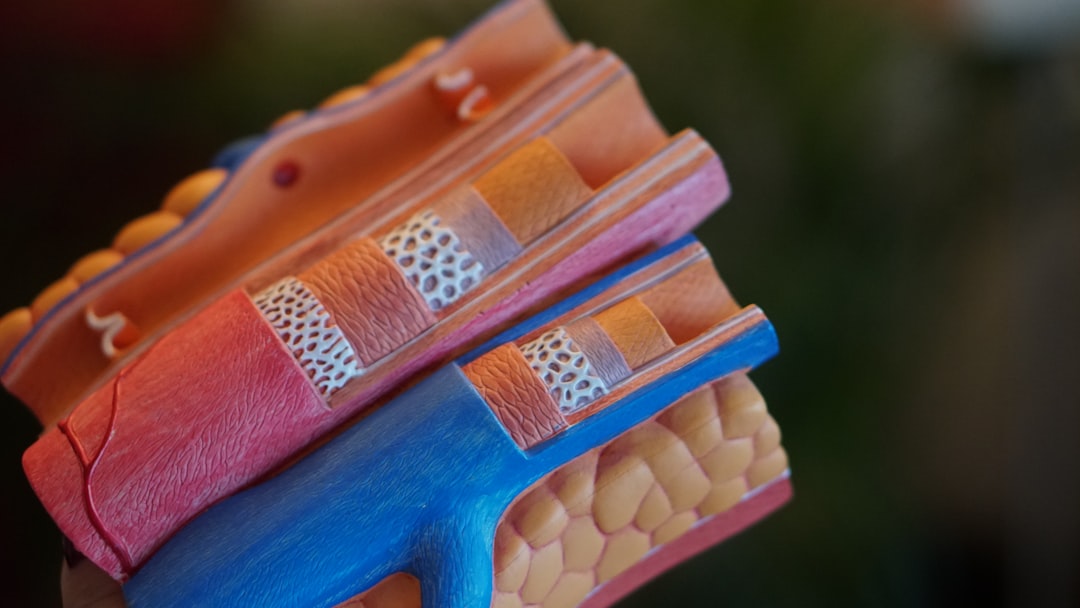What is it about?
Asthma is a very common respiratory disease, which leads to shortness of breath, chest tightness, coughing, wheezing, and in some severe cases, death. The cause of many of the symptoms of asthma is the narrowing of the airways caused by inappropriate contraction of the muscle that surrounds the air tubes. As the airway narrows in asthma, it folds and mechanical forces are generated within the airways. Until recently these mechanical forces were thought only to cause symptoms of asthma, however it has now been shown that they actually drive the disease, making asthma more severe and difficult to treat.
Featured Image

Photo by Robina Weermeijer on Unsplash
Why is it important?
The mechanical forces produced in the airway during airway narrowing lead to increased mucus production, increased size and strength of the airway muscles and may contribute to worse viral infections and the ineffectiveness of asthma drugs in some people. Targeting airway narrowing, or the biological pathways that are activated by it, may provide opportunities to develop new drugs for asthma.
Perspectives
Mechano-transduction is not very well recognized in airway diseases, especially asthma. Constriction of the airways leads to many physiological and pathological changes of the lung. Most of the research has focused on how the inflammatory mediators act in the system following a trigger and overlooked broncoconstriction induced changes. In airways, epithelium is the primary site of various airway triggers and also initiates mechano-transduction which induce asthma parthenogenesis by remodeling and also impairs innate immunity (preliminary data, unpublished). I hope this article help readers to understand the importance of broncoconstriction and it's role in asthma pathogenesis.
Dr Punnam Chander Veerati
The University of Newcastle
Read the Original
This page is a summary of: Airway mechanical compression: its role in asthma pathogenesis and progression, European Respiratory Review, August 2020, European Respiratory Society (ERS),
DOI: 10.1183/16000617.0123-2019.
You can read the full text:
Contributors
The following have contributed to this page










